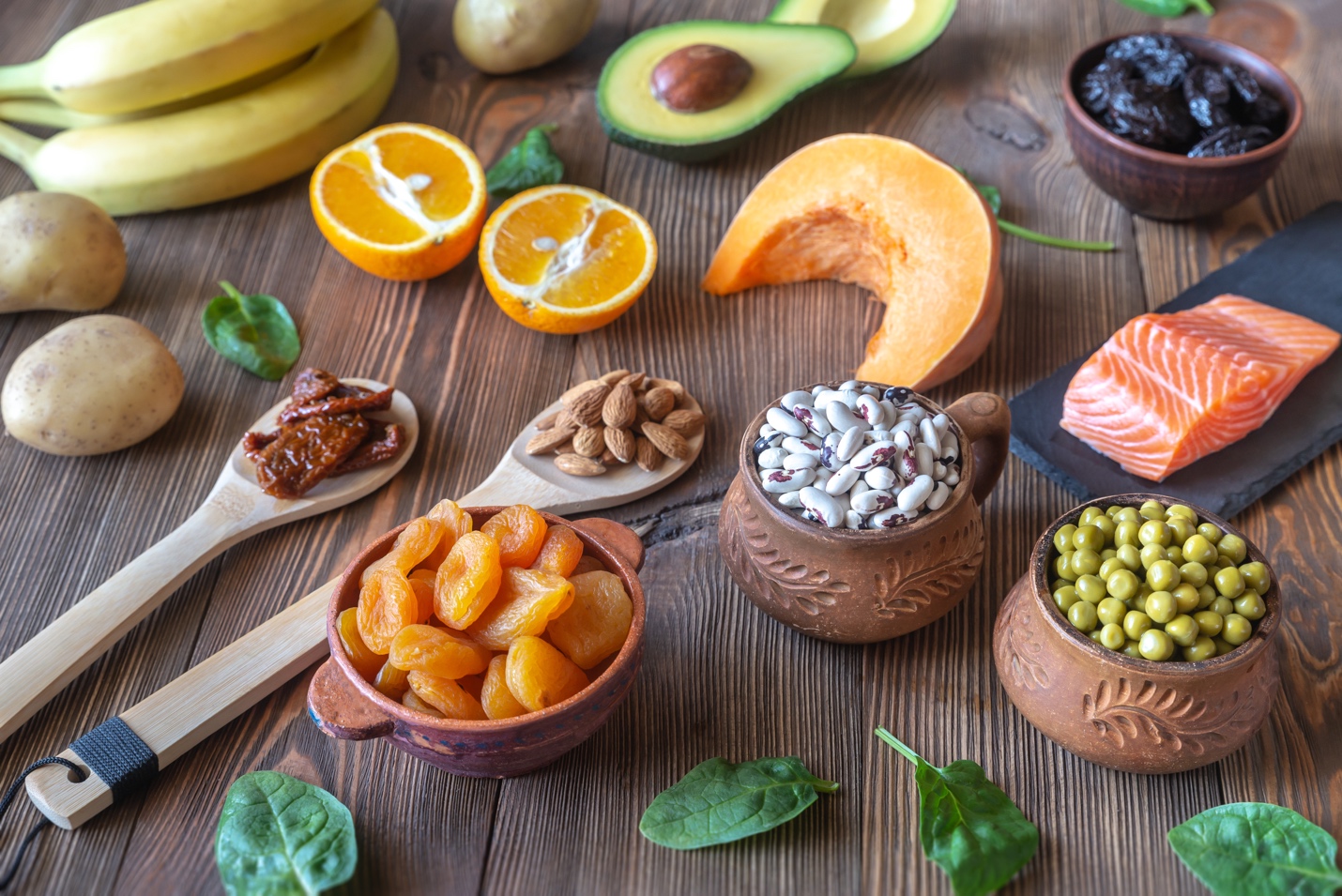
FITNESS and ELECTROLYTES
Sales campaigns for sports drinks and health products frequently taut the need for electrolytes and the need to restore them with their product but do you know what electrolytes are? You also hear the word electrolytes being tossed around in the fitness world. Do you know what electrolytes mean to your health and fitness? Do you know how to replenish electrolytes without these products? We were, after all, able to survive for thousands of years without Gatorade?
Let’s keep it simple by me giving you the high points so you can get back to what you were doing before you were snagged by this blog.
WHAT ARE ELECTROLYTES?
Salts and minerals that can conduct electrical impulses in the body are called electrolytes. Common human electrolytes are:
- Sodium (Na+)
- Potassium (K+)
- Calcium (Ca2+)
- Magnesium (Mg2+)
- Chloride (Cl−)
- Hydrogen phosphate (HPO42−)
- Hydrogen carbonate (HCO3−)
WHY ARE ELECTROLYTES IMPORTANT?
Electrolytes control the fluid balance of the body and are important in muscle contraction, energy generation, and almost every major biochemical reaction in the body. They also contribute to pH balance.
WHAT CAUSES ELECTROLYTE IMBALANCES?
The balance of electrolytes is constantly shifting due to fluctuating fluid levels in your body. When you sweat as a result of exercise, hot weather, or have an illness causing vomiting or diarrhea it may cause some electrolyte levels to be low. Dehydration can also cause electrolyte imbalance.
WHAT ARE THE SYMPTOMS OF ELECTROLYTE IMBALANCE?
Electrolytes have many different roles within the body so an imbalance can cause noticeable changes in how you feel pretty quickly. Here is a list of some common symptoms of electrolyte imbalance. Be aware, these same symptoms can be caused by many things including just being human. Depending on the type of electrolyte imbalance you experience, a number of symptoms can occur including:
- Muscle aches, spasms, twitches and weakness
- Restlessness
- Anxiety
- Frequent headaches
- Feeling very thirsty
- Insomnia
- Fever
- Heart palpitations or irregular heartbeats
- Digestive issues like cramps, constipation or diarrhea
- Confusion and trouble concentrating
- Bone disorders
- Joint pain
- Blood pressure changes
- Changes in appetite or body weight
- Fatigue (including chronic fatigue syndrome)
- Numbness and pain in joints
- Dizziness, especially when standing up suddenly
Note: Some of the symptoms of electrolyte imbalance, such as fatigue and muscles cramps, can also be symptoms of dehydration.
WHAT CAN WE DO TO RESTORE ELECTROLYTE IMBALANCE?
A doctor can check your electrolyte balance through a simple blood or urine test but unless your symptoms are severe you might first try eliminating processed foods and consuming these foods:
- Coconut water
- Watermelon
- Kiwi
- Celery
- Cucumber
- Bell peppers
- Citrus fruit
- Carrots
- Cultured dairy (kefir/yogurt)
- Pineapple
- Dairy
- Poultry
You can also:
- Add a pinch of salt to our drinking water
- Take electrolyte supplements
- Some energy drinks can be helpful but many common energy drinks are a sugar bomb, or use artificial sweeteners and colors which are counter-productive and unhealthy.
Drinking water may be a bit over rated. We absolutely need to drink a good amount of water but drinking too much water can be a cause of electrolyte imbalance, not because it dilutes the electrolytes in your system, but because there is excess fluid in your system. The old advice of drinking eight glasses of water is both vague and not good universal advice. Start with one ounce of water per two pounds of your body weight and then add more if you are very active, perspire more than average or work outdoors.
Now you know!